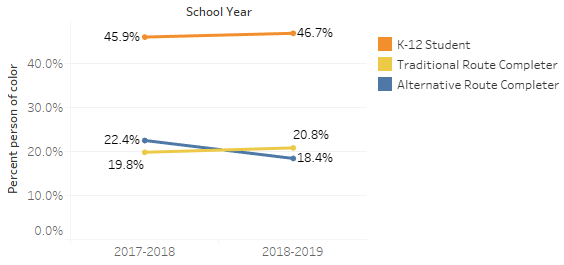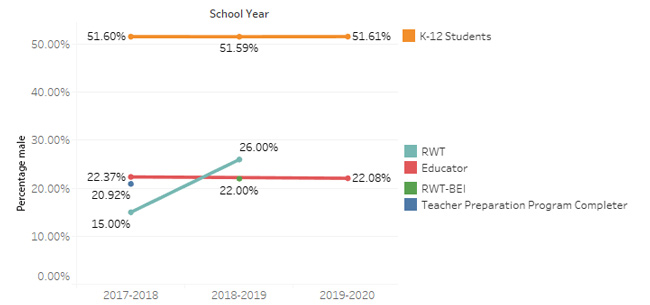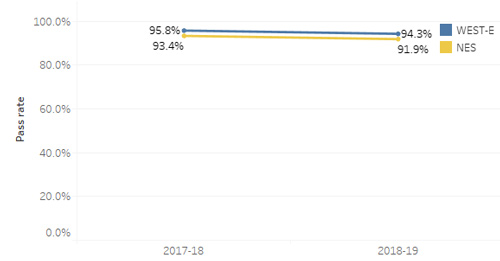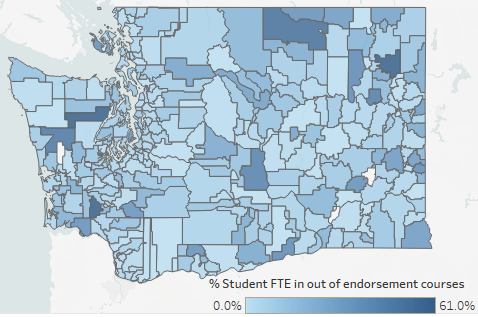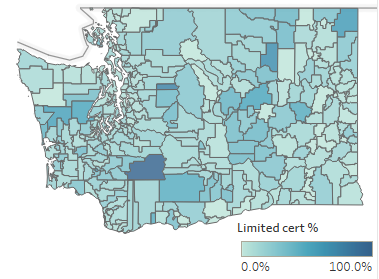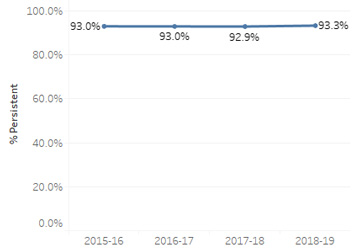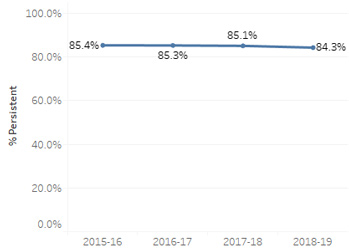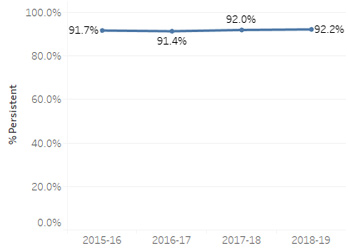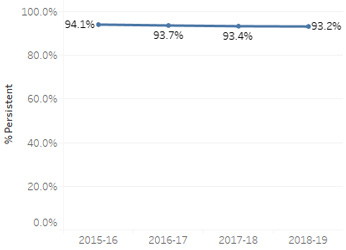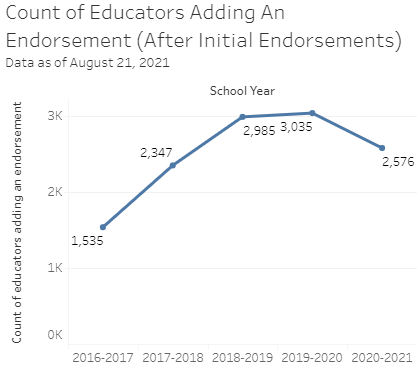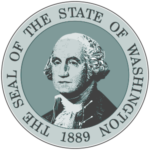Mission
To strengthen the educator workforce through professional standards, policy, and innovation.
Vision
An equity-minded educator workforce that facilitates learning and growth for each and every student.
Values
- Educator voice
- Diversity, equity, and inclusion
- Educator excellence for student success
- Community engagement
- Learning and innovation
Strategic plan: 2021-2025
- Download the strategic plan (PDF)
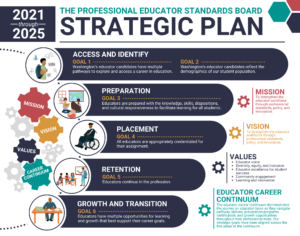
View our strategic plan one pager. - Annual progress and policy snapshot (2021)
We are one agency with two boards. We work to ensure Washington’s educator workforce is composed of equity-minded, professional educators who meet the diverse needs of students, schools, and districts. We work towards this vision by creating innovative policies that strengthen educator quality, support workforce development, and advance equitable pathways into the profession. The Professional Educator Standards Board and the Paraeducator Board recognize that high standards for all educators are essential to student success and achievement.
Strategic priorities
- Center the perspectives and experiences of practicing educators.
- Advance equity in the preparation and practices of educators.
- Foster and strengthen shared decision-making through inclusive partnerships.
- Use data and research to make informed decisions.
- Prioritize initiatives that advance racial justice in education.
- Engage and educate the public about policy efforts to innovate, improve, and respond to Washington’s education system.
Goals and the educator career continuum
The educator career continuum demonstrates the journey an educator takes as they navigate pathway options, preparation programs, certification, and growth opportunities throughout their professional roles. Our strategic goals have been aligned across the five areas of the continuum to identify and address gaps, challenges, and opportunities in and outside of our policy work.
Click on an area of the career continuum below to explore the aligned goals and objectives.
Access and identify: Educator candidates are exploring pathways to a career in education.
The journey to a meaningful career in education begins with a roadmap of clearly defined pathways to get there. By cultivating interest among students and providing them with opportunities to explore a teaching career, these pathways can start as early as high school. Other pathways are needed for those looking to explore traditional teacher preparation options, either through degree or certificate programs. Many individuals, such as district employees or technical professionals, want to bring “real life” experience to the classroom through a career change, often involving alternative pathways into the profession.
Goal 1: Washington’s educator candidates have multiple pathways to explore and access a career in education.
Goal 2: Washington’s educator candidates reflect the demographics of our student population.
Preparation: Preparation programs are developing candidates to meet and exceed educator standards.
Each and every student deserves to learn from a well-prepared educator. When educators are competent and confident in their knowledge, skills, and abilities, educators are better positioned to facilitate learning with students and support students socially, emotionally, and academically.
Goal 3: Educators are prepared with the knowledge, skills, dispositions, and cultural responsiveness to facilitate learning for all students.
Placement: Students are receiving instruction and services from properly credentialed educators.
The hiring and placement process of educators sets the stage for meaningful employment. The knowledge, skills, and dispositions for working with middle school students are very different from those of a kindergarten teacher, special education paraeducator, a high school principal, and a school psychologist. Districts must carefully consider an educator’s classroom assignment and ensure that students are at the center of those decisions. Once placed in those assigned roles, every educator, from novice to expert, needs onboarding support from colleagues and administrators to serve all students well.
Goal 4: All educators are appropriately credentialed for their assignment.
Retention: Educators are engaged in a fulfilling and supportive work environment.
Most educators begin their careers feeling inspired, excited, and eager to enter the classroom. Despite this early motivation for positive student impact, many educators choose to leave the profession somewhere along their journey.
Although many factors can influence these decisions, we know through data and anecdotal evidence that educators are more likely to remain in the profession when they experience fulfilling work environments through quality professional learning, leadership opportunities, and culturally inclusive workplaces.
Goal 5: Educators continue in the profession.
Growth and transition: Educators are advancing their career, and enhancing their professional skills
When educators enter the profession for the first time, they are a novice. Over time and through continuing education, reflection, professional development, and leadership opportunities, educators can transform their experience into expertise. As educator performance becomes more sophisticated, more refined, and more competent, more students and educators benefit. Moreover, when educators advance their careers, they uplift and advance the profession.
